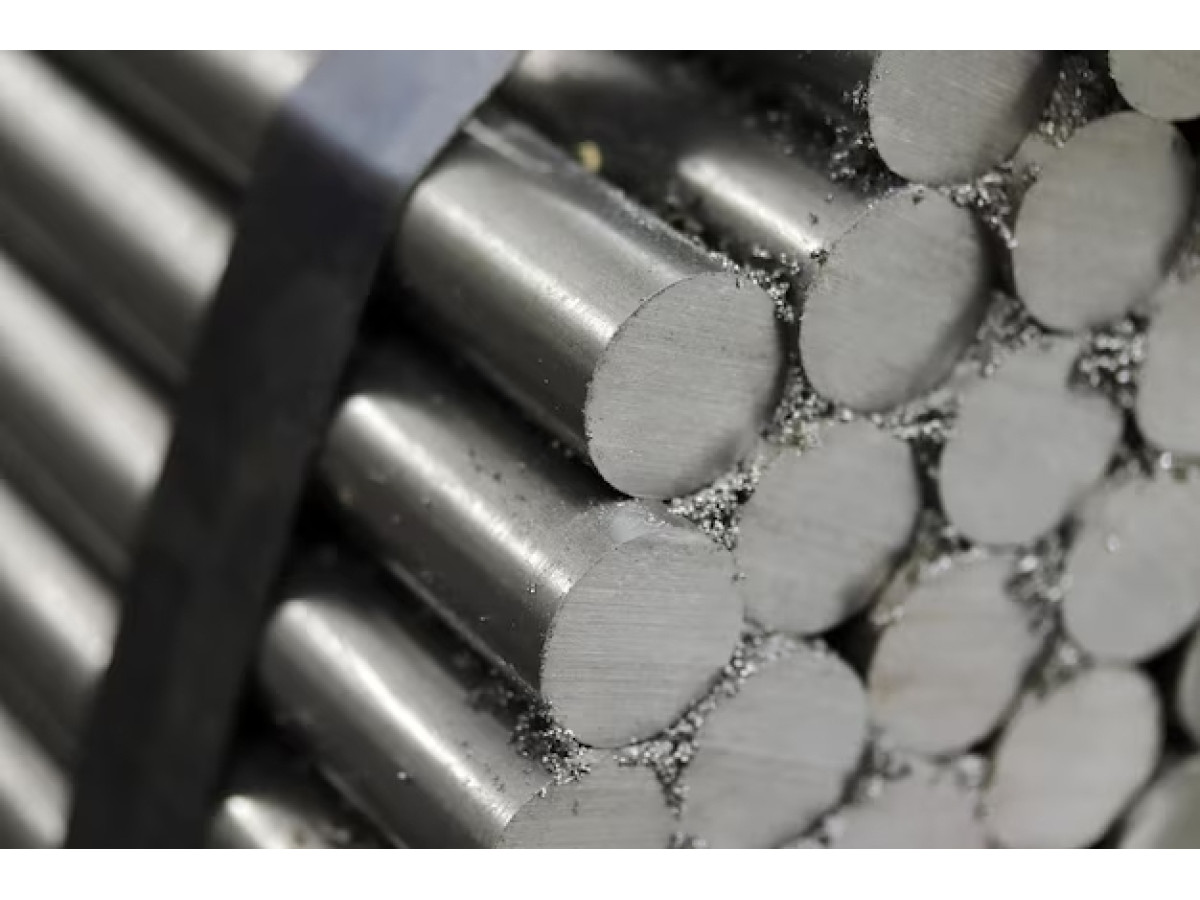Gradually stainless steel was able to become one of the most popular types of metal because it has unique properties. It also has characteristic differences from other types of metals, which have a direct impact on operation.
Comparison with popular materials
Stainless steel has its advantages, and other materials may have theirs. Among the main comparison options are:
- With carbon steel. It is usually more durable, but stainless steel, due to its composition with the addition of chromium and nickel, provides resistance to corrosion. Stainless steel is significantly resistant to corrosion, which makes it preferable in humid and aggressive environments.
- With aluminum. Stainless steel is often stronger and more suitable for heavier loads than aluminum. Both materials are highly resistant to corrosion, but in some environments, stainless steel may be more resistant.
- With plastic. Stainless steel is usually stronger, but plastic can be lighter and more flexible. Plastic is sensitive to sunlight and chemicals, while stainless steel is resistant to various conditions.
- With nickel. Stainless steel can be more durable and resistant to mechanical stress than nickel. Nickel is highly resistant to corrosion, but stainless steel offers a wider range of applications.
- With titanium. It is lightweight and durable, but may be less resistant to some chemicals than stainless steel. Both materials have high corrosion resistance, but in different environments.
- With wood. Stainless steel is superior to wood in strength, especially in conditions of high humidity. Wood is susceptible to rotting, while stainless steel is resistant to corrosion.
It should be noted that each material has its own unique properties and applications, and the right choice depends on the specific requirements of the project. Stainless steel, with its high strength, corrosion resistance and aesthetic appearance, remains an important material for many industrial and domestic applications.
Pros and cons of stainless steel in different areas
This is a unique material, products from which can be used in a variety of fields. Among the main pros and cons in modern areas are:
- Construction, architecture. Stainless steel copes well with exposure to atmospheric conditions, making it an excellent material for outdoor structures. Corrosion resistance and mechanical strength ensure a long service life. These are all advantages. Disadvantages include that it can be more expensive than other building materials, which can affect the overall costs of the project. Compared to some lightweight materials, stainless steel is relatively heavy.
- Food sector. The smooth surface of stainless steel makes it easy to clean and hygienic, which is important in food production. In conditions of constant exposure to moisture and chemically aggressive substances, stainless steel remains resistant to corrosion. These are the benefits. The disadvantages include the rather high cost. Processing stainless steel may require special equipment and skills.
- Medical field. The advantages include ease of processing and sterilization. Disadvantages include the presence of magnetic properties.
But overall this is very good material.

